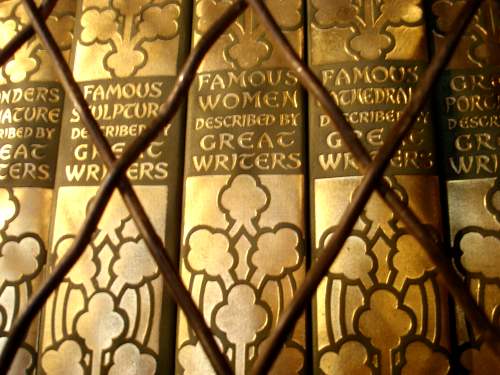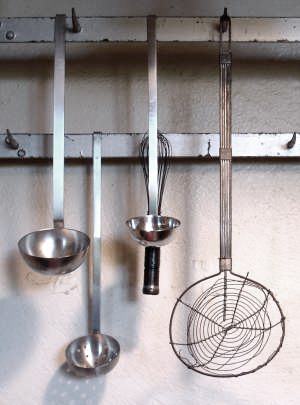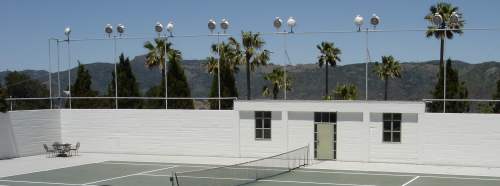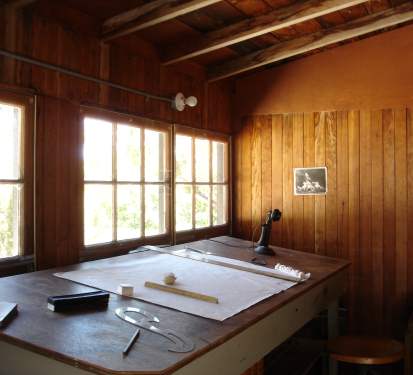Famous Women
Described by Great Writers
The Hearst castle in San Simeon is one of seven residences and neither the biggest ranch nor the biggest castle, but it's within four hours' driving distance of the Bay Area, much of it along coastal route 1. The property is now a California state park; there are non-scripted guided tours, a gift shop that sells Hearst brand beef jerky, and absolutely no allusions to Citizen Kane, anywhere, ever. I was expecting opulence and kitsch, but its sheer scale actually makes much of it work. My mom would like this. She'd spot the unfinished parts and the fakery, but she'd like it. The tour we took, tour 2, gets into the personal quarters and some of the personal life of Hearst. The part I was looking forward to the most was the "gothic library" (for the architecture, not the contents). Visitors weren't allowed to roam about as much as I'd have liked to, so we just peered at the space from our gray tour carpet. Books back then looked boring. Everything was bound and woven and textured, blending into a library surface from which no one volume stood out. Hearst and his visitors must have had favorite volumes and clutter and reference books they used more than others, but from the looks of the library, these books could as well have been bought by the foot, as wallpaper. |

|
There they are, stuck between wonders of nature, sculpture, cathdrals, and portraits: famous women. The series was edited by Esther Singleton (1865-1930), about whom I know almost nothing beyond those dates and the titles of her works. There are more volumes than these five. Singleton seems to have been a prolific scholar who wrote, edited, and translated books about a wide range of subjects - countries, architecture art, the opera, gardening. No doubt Hearst owned the full set. It was that kind of library. What initially caught my eye was that women rate a volume while famous men do not. I'm not sure whether this means that women are being treated as exotic objects in a line with sculptures and cathedrals, or whether a proto-feminist saw a need for information that she set out to fill. |

State of the art kitchen tools, ca 1925. |

Fish. I liked the mosaics of the Neptune pool, they were
simple and funny, like kids' drawings. A lot of the medival
paintings in the ceilings had that feel, too. Very, very
expensive comic strips.
|

A lot at Hearst castle is about giving people a place to sit. |

Inside architect Julia Morgan's austere wooden shack on the Hearst castle property. |

Same shack, in a corner right next to the door: a place to sit. |